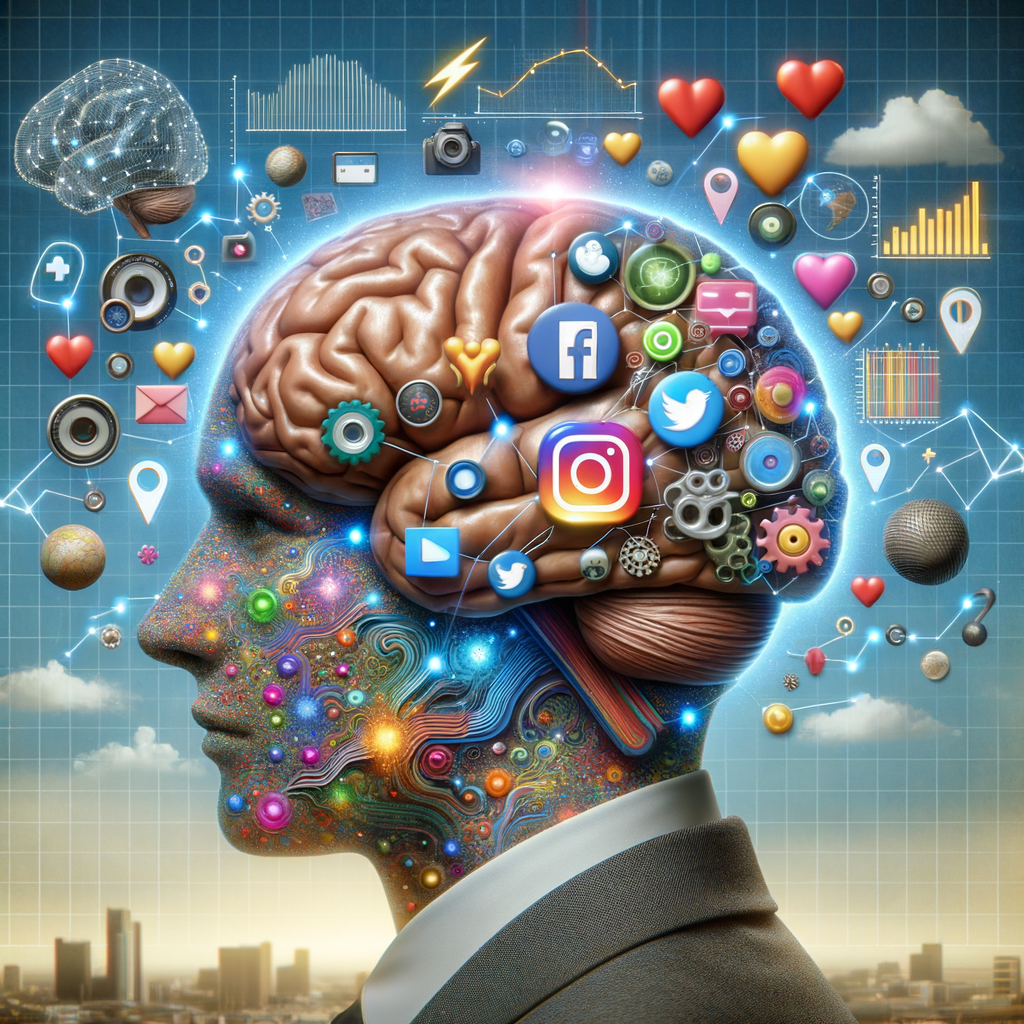The Hidden Science Behind Viral Content: Psychology Meets Data Analytics
Discover how psychological triggers and data analysis shape viral content online, and learn actionable tips for creators aiming for online fame.
The Hidden Science Behind Viral Content: Psychology Meets Data Analytics
Every content creator, whether seasoned or just starting, dreams of launching something that spreads across the internet like wildfire. Viral content doesn’t just entertain; it captures the zeitgeist and forges a moment of online fame. But what really drives a TikTok dance, a heartfelt tweet, or a clever meme to break free of obscurity and captivate millions? After years spent studying the creator economy and analyzing success stories, I’ve discovered it’s rarely luck. The hidden science behind viral content lies at the intersection of psychology and data, and once you understand this magic mix, you can start stacking the odds in your favor.
The bedrock of virality is emotion. Research consistently shows that content provoking high-arousal emotions—think awe, anger, amusement, or surprise—is more likely to be shared. As creators, we sometimes chase trends or chase algorithms, forgetting that behind every screen is a human seeking connection or stimulation. Next time you craft a caption or frame a TikTok, ask yourself: What emotional response am I hoping to evoke? If you can trigger a ‘wow,’ ‘ugh,’ or ‘haha!’ moment, your audience is already primed to hit that share button.
There’s another layer, too—relatability. Viral posts frequently tap into shared experiences or universal truths, forging a sense of belonging among viewers. Whether it’s an artist’s honest struggle, a parent’s daily chaos, or a clever twist on pop culture, content that says “I see you” to its target audience stands a better chance of being picked up, remixed, and spread. Successful viral campaigns often mirror what people are already thinking, feeling, or laughing about, creating a kind of digital in-joke that irresistibly demands passing along.
Much of this process is guided by social proof and herd mentality. Online fame isn’t achieved in a vacuum; the visibility of high engagement (likes, comments, retweets) provides social validation that something is worth attention. As a creator, nudging engagement early can make all the difference. Ask questions in your YouTube description, encourage answers in your stories, or showcase UGC (user-generated content)—these tactics not only build community, but also send crucial signals to algorithms that your post might belong in the next viral wave.

But emotion and relatability are just half the story. Today, algorithms are the gatekeepers to reach, and this is where data-driven strategy becomes crucial. Every platform—Instagram, TikTok, YouTube—analyzes which posts keep users engaged longer. Metrics like watch time, click-through rates, and even the speed of early interactions can determine whether your content gets a wider audience. That means timing, title optimization, and even thumbnail creation become tools wielded by successful creators. Experimenting with post times (using analytics tools), tweaking keywords in captions, and split-testing content ideas lets you make the algorithms work for you, not against you.

Let’s not forget that virality itself is often an unpredictable blend of art and science. Even with all the right ingredients, not every piece will explode in popularity. However, leveraging what analytics tell you—such as which posts gained traction, the demographics they attracted, or the hashtags that resonated—gives you a feedback loop for future creation. Emotional hooks, relatability, social proof, and smart data analysis don’t just boost the odds of going viral. They also help creators spend less time guessing and more time engaging, refining, and growing—whether your goal is launching a business, increasing Etsy sales, sharing photo tips, or building a loyal fandom.
The creator economy isn’t just about making something pretty or clever. It’s about understanding how people and platforms interact, then thoughtfully applying what the science reveals. By combining a solid grasp of psychological triggers with a deep dive into analytics, we can demystify viral content—and perhaps even engineer a bit of that online fame ourselves.
Conclusion
The science behind viral content isn’t hidden in chance, but in deliberately harnessing emotion, relatability, social proof, and data-driven tactics. By marrying psychology with analytics, creators get a roadmap for growing influence and turning fleeting trends into lasting impact online.
Blog Article Tags
viral content psychology data analytics content creation online fame social media growth creator economy digital marketing engagement shareable contentMore Articles
Maximizing Your Reach: Effective Social Media Strategies for Indie Creators - Discover actionable social media strategies for indie creators to engage fans, grow your audience, and increase support across disciplines.
Transform Your Home Studio Into a Revenue-Generating Hub With Creative Freelance Services - Get inspired to monetize your home studio. Learn freelance services strategies in 2025 to turn your creative space into a hub for new income streams.
Unlocking Hidden Income: Discovering Niche Podcast Editing Opportunities - Learn how freelance podcast editors can tap into unconventional and lucrative markets, finding hidden podcast editing gigs beyond mainstream podcasting.
How to Turn Viral Music Challenges Into Freelance Marketing Gold - Learn how freelance marketers can use viral music challenges to promote independent artists, build campaigns, and boost visibility in 2025.
How to Build a Bulletproof Backend Service That Scales Seamlessly in 2025 - Explore cutting-edge strategies and practical tips for building backend services that are resilient, scalable, and ready for the user demands of 2025.


